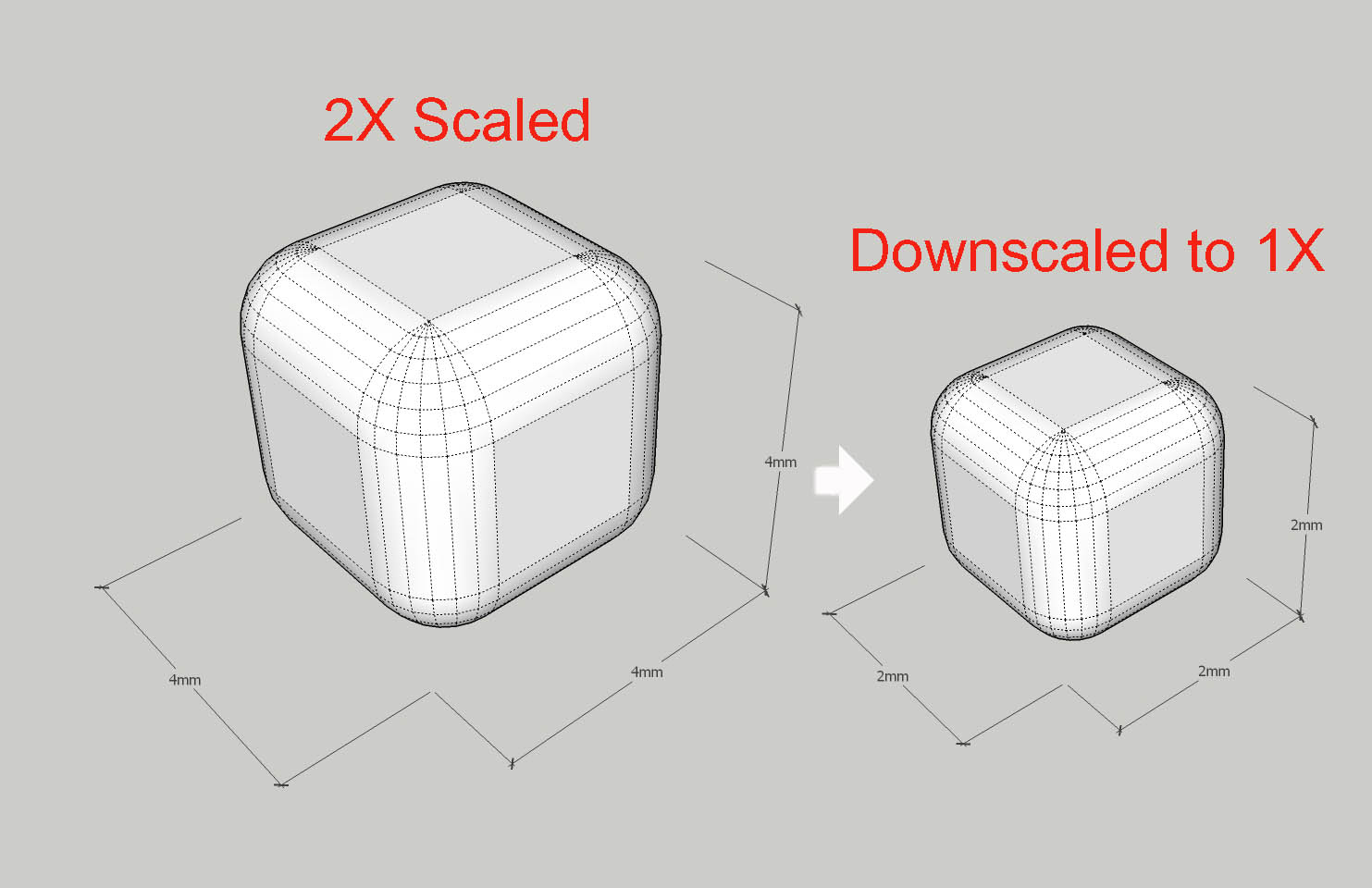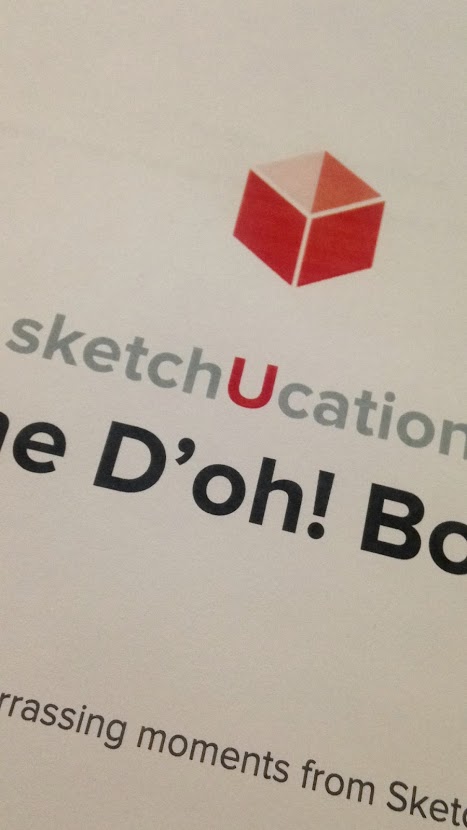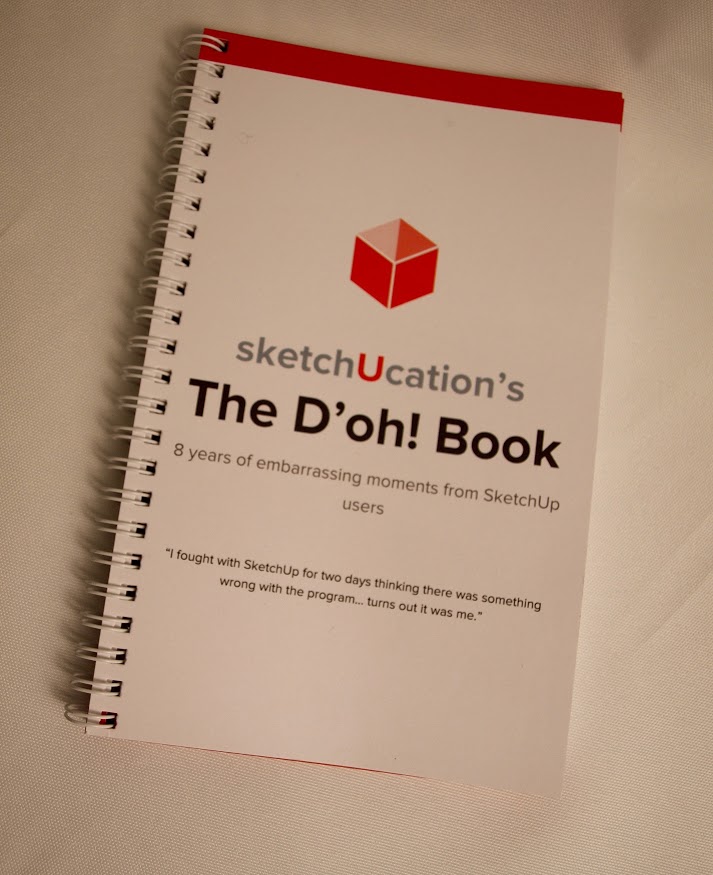The "Duh!" thread (aka the Doh! thread)
-
Modelling small parts
I´ve had som problems with curves when modelling small parts. Rounded edges/corners will not close. I found a workaround that works: Scale the model two times or more, do the rounding with double radius, -then scale down 0,5 to normal size.


-
@unknownuser said:
Modelling small parts
I´ve had som problems with curves when modelling small parts. Rounded edges/corners will not close. I found a workaround that works: Scale the model two times or more, do the rounding with double radius, -then scale down 0,5 to normal size.
 Yep. That's a standard recommended procedure for drawing small items in SketchUp. I use a slightly different procedure that works better for me but yours is the method most people seem to use.
Yep. That's a standard recommended procedure for drawing small items in SketchUp. I use a slightly different procedure that works better for me but yours is the method most people seem to use. -
@dave r said:
 Yep. That's a standard recommended procedure for drawing small items in SketchUp. I use a slightly different procedure that works better for me but yours is the method most people seem to use.
Yep. That's a standard recommended procedure for drawing small items in SketchUp. I use a slightly different procedure that works better for me but yours is the method most people seem to use.I bet that method evolves making turning your geometry into a component (wich is default work for you) copy the component to the side and scale it up, work on the scaled up version and the correctly scaled version will update simultaneously.
Repeat the process as needed!
Right?
That's what I do too, even if I have to turn my groups into components. (Sorry Dave, but I simply love the components vs groups discussion!)
-
you should have a group hug
-

-
why thank you Box
-
-
no, if components hug you get a scaling issue
-
Groups, components or unique's doesn't matter! If you lot get close enough to be hugging there will be dubious 'plugin' accusations. As Rich says, there is a front door and a back passage...........
-
Everyone know that deep down, groups and components are the same.
-




-
So... are we starting chapter 2? Will it be a trilogy?
-
@jql said:
So... are we starting chapter 2? Will it be a trilogy?
It's been a love/hate project I've tackled on and off when I had time.
So to finally draw a line under it is great.
Now to see what happens next....

-

-
Are you bringing these to the Basecamp?

-
-
Nobody, I'm just wondering
-
I'm not bringing them. But they could be there.
-
You're not coming?
-
I like to place section planes at specific locations. So, when I learned that if I hold down CTRL before clicking to locate section plane, it will stick to the face it is near. Then I move the plane using the move tool relative to that face. Duh or D'oh, I don't know, but I like it.
Advertisement









